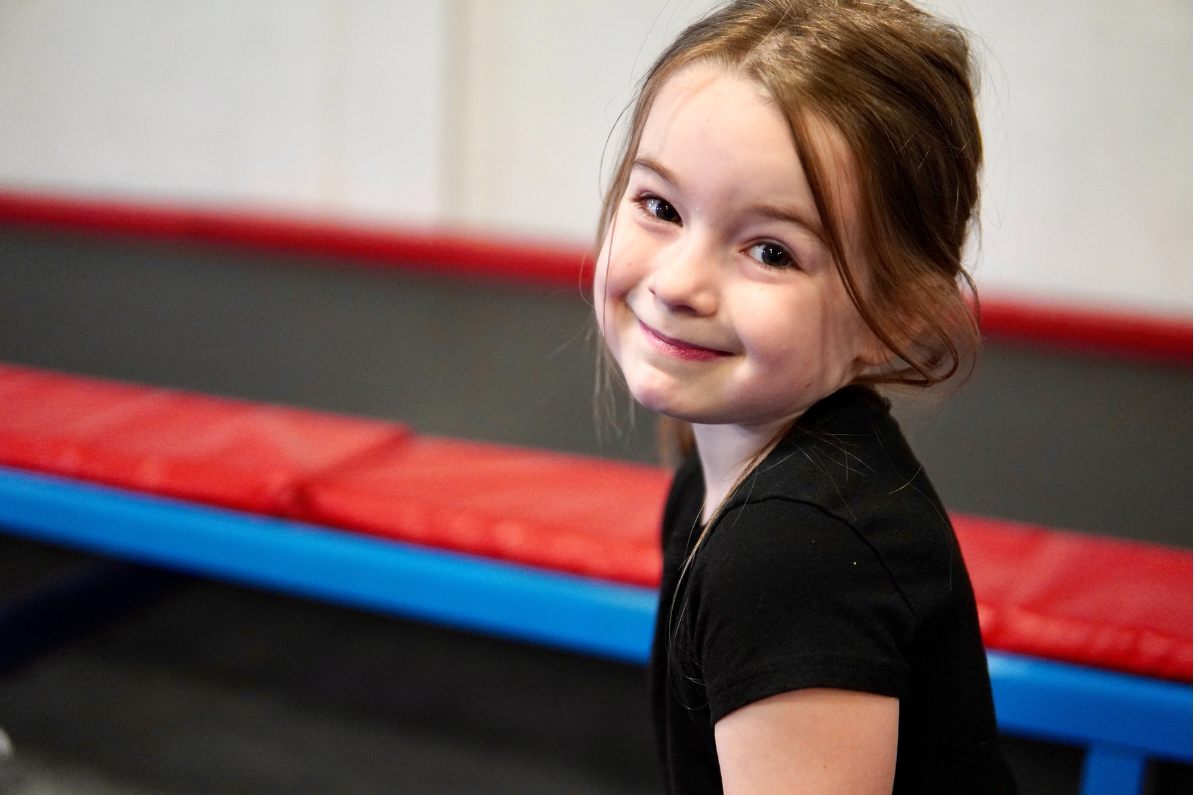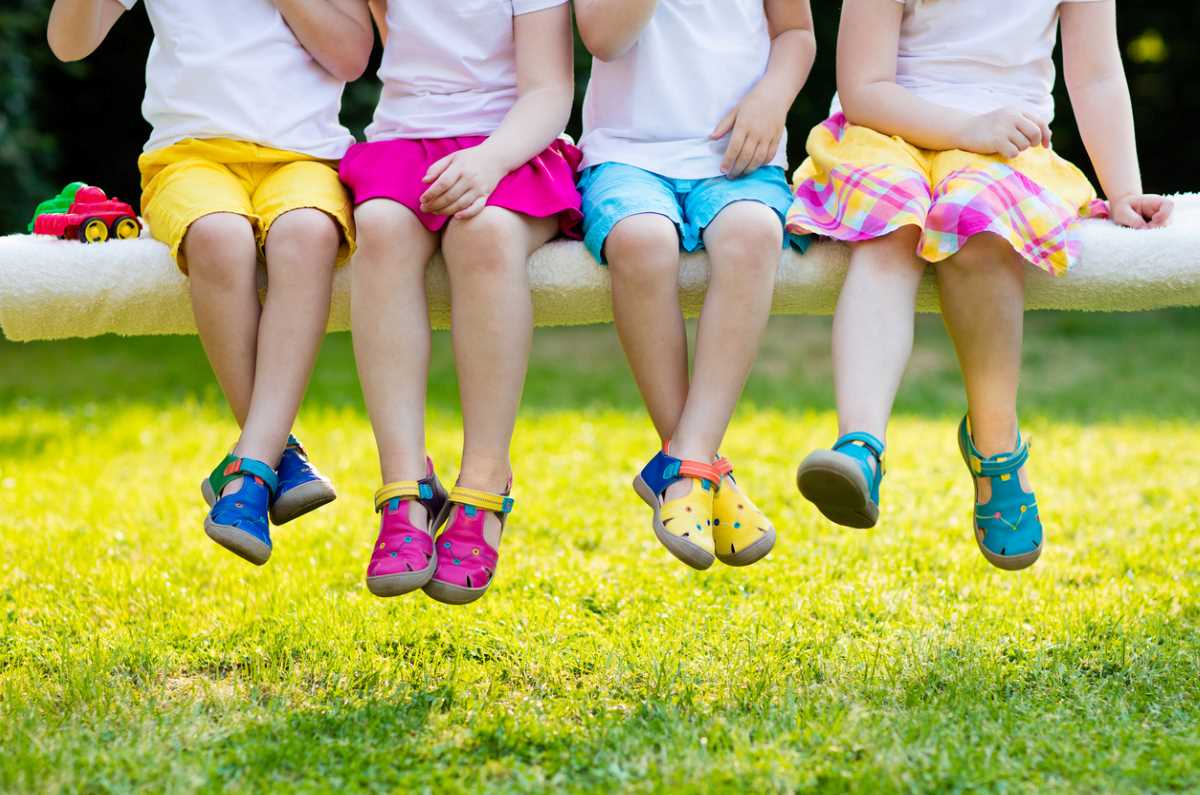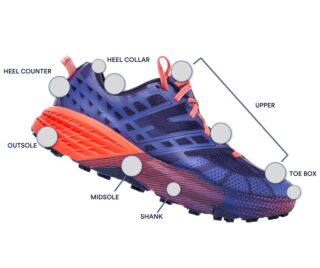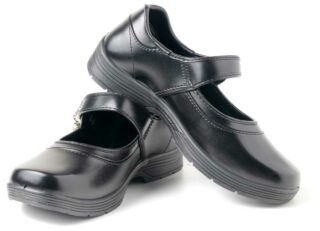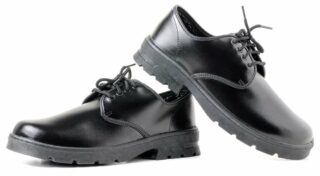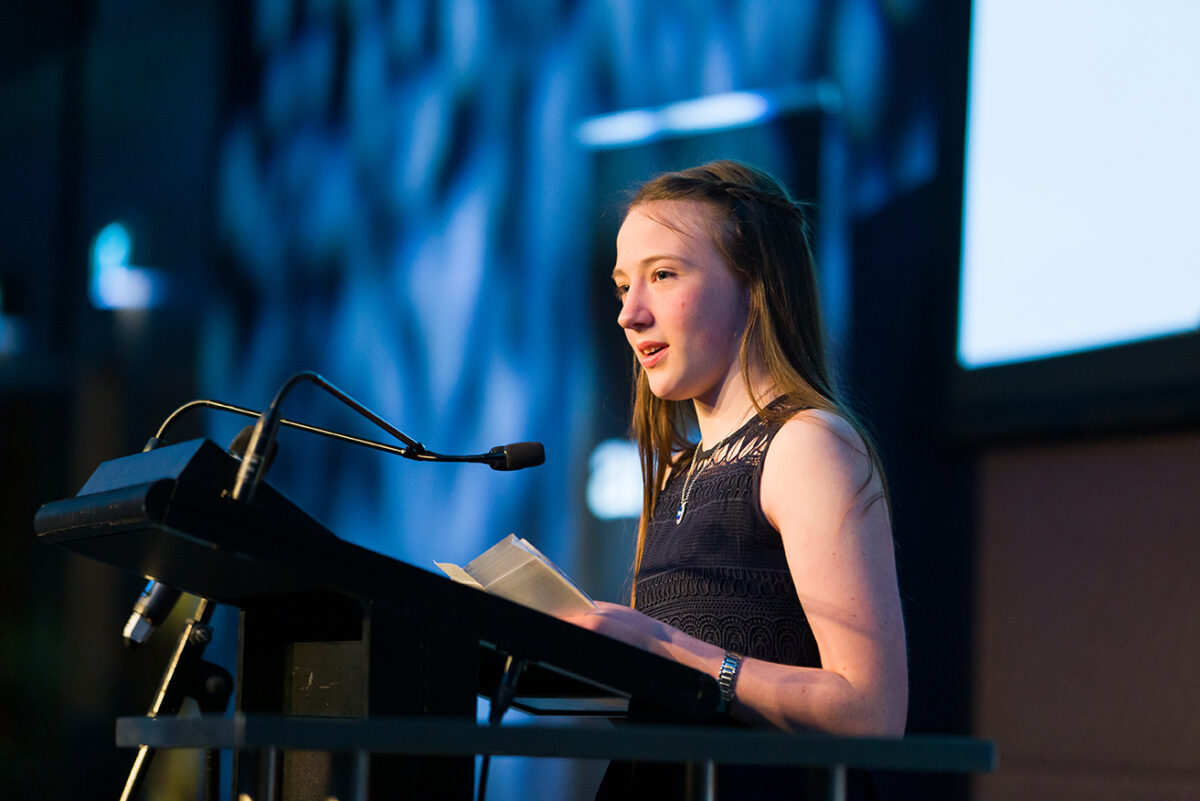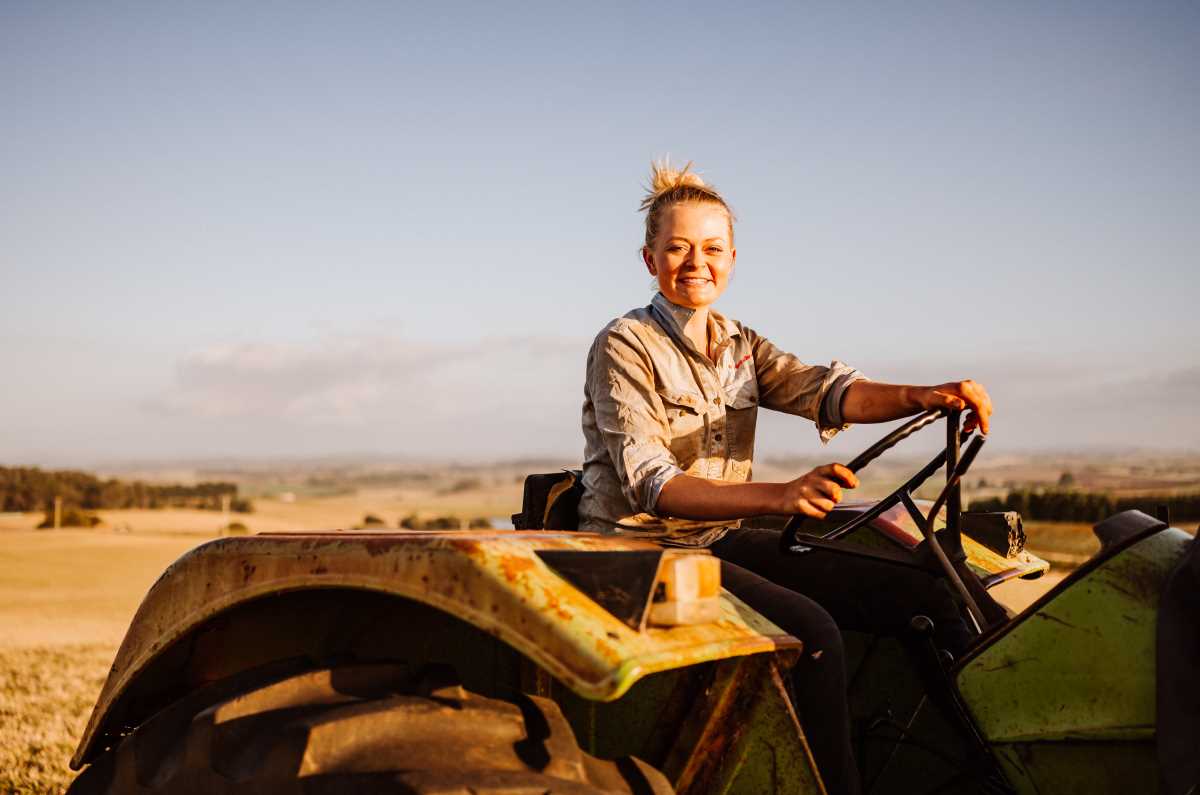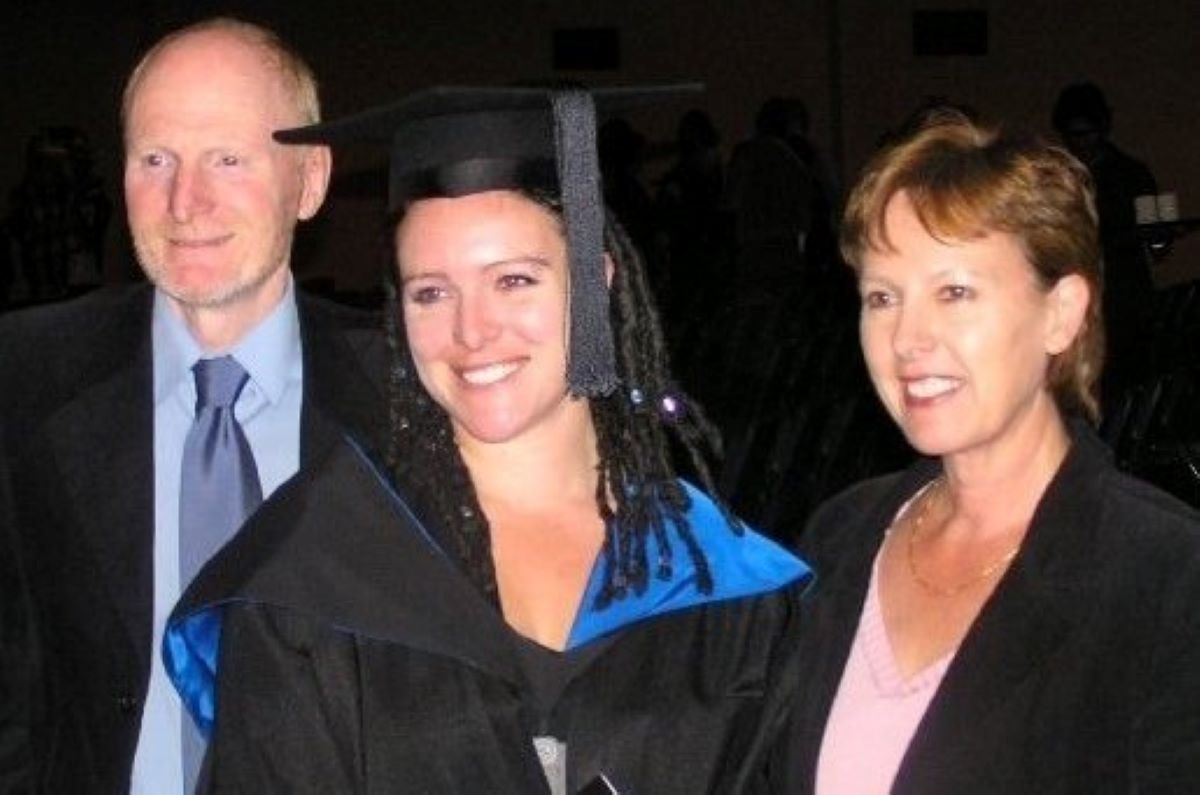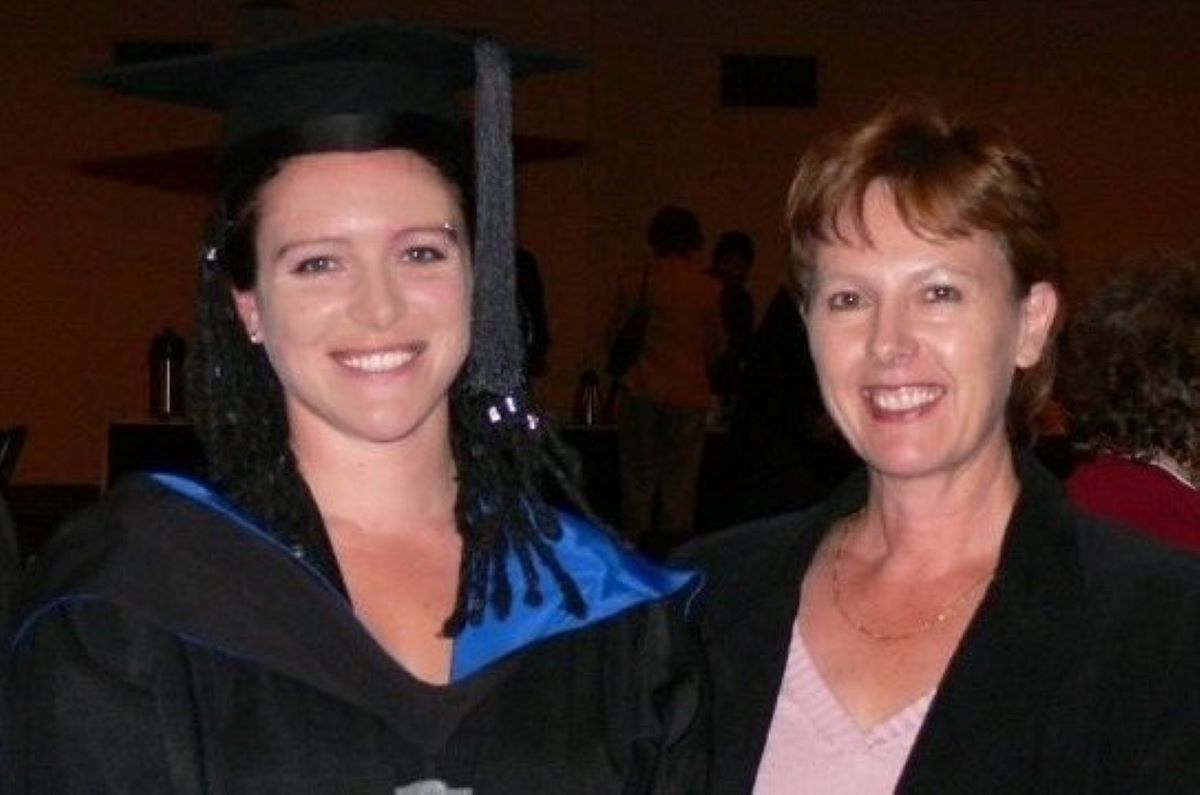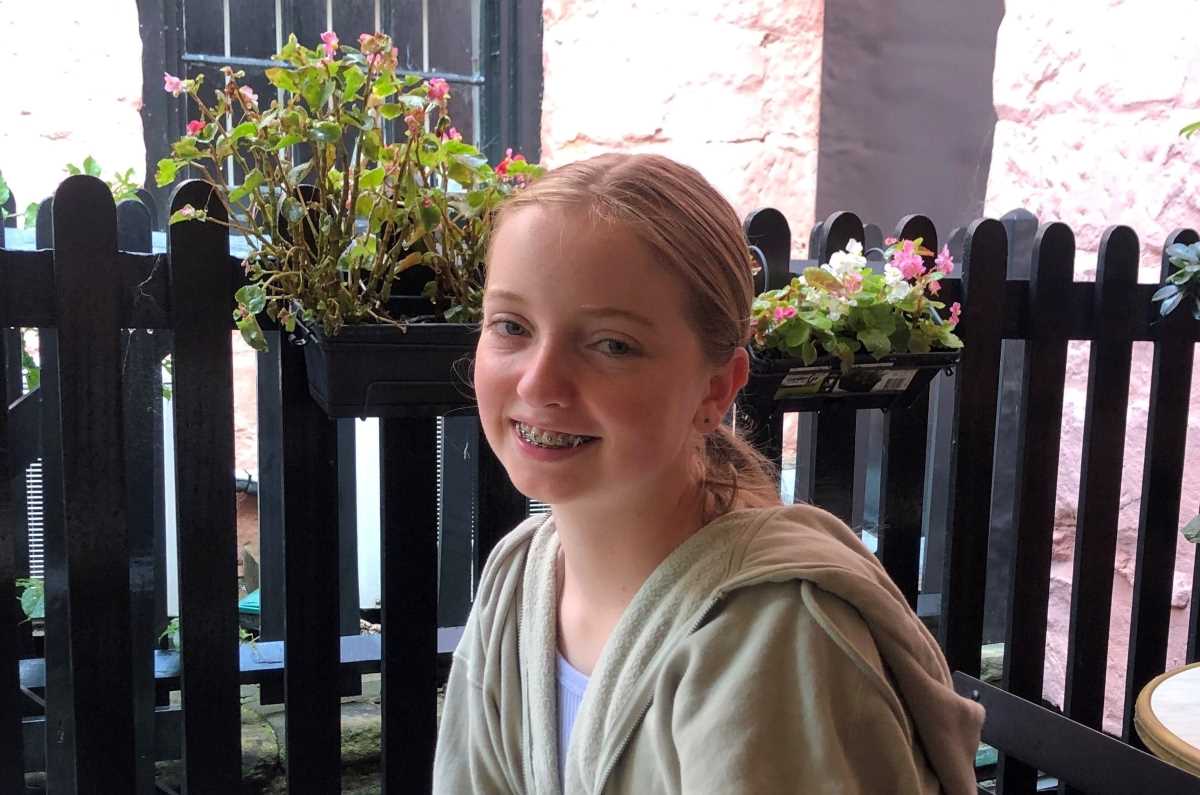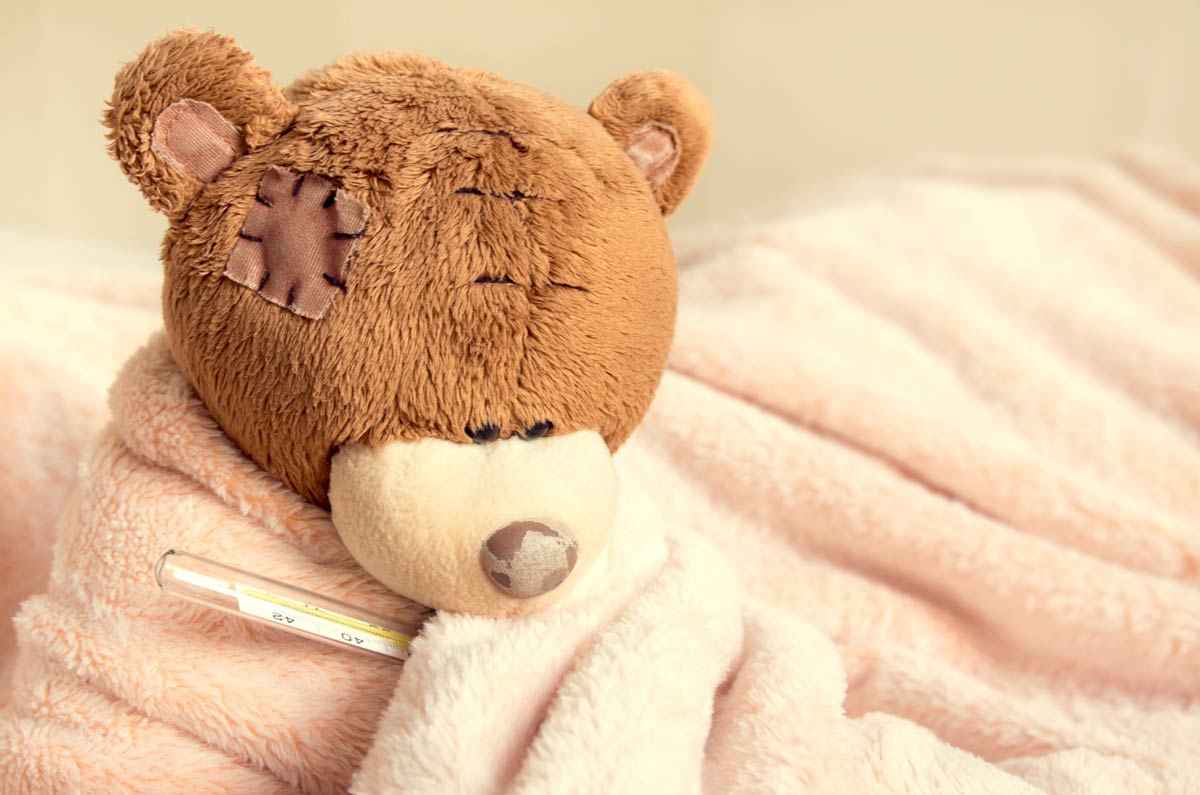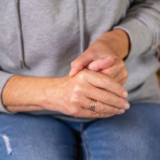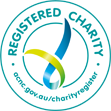Photo by AUSVEG
Caitlin, a fifth-generation farmer from the northwest coast of Tasmania and Australian Apprentice of the Year 2020, shares her story about living with arthritis.
I was diagnosed with arthritis when I was 12, turning 13, and in grade 7.
I remember my first attack very well. We were on the Spirit of Tasmania heading over to Werribee for the 2011 Interschool Nationals (Equestrian) and on the boat I had a really sore hip. By the following night, the pain had become unbearable, so mum took me to the hospital. The staff took x-rays but couldn’t find what was causing my pain.
I was then transferred to the Royal Children’s Hospital, where I spent the next three days. After a series of ultrasounds and an MRI, they found a heap of fluid on my hip and diagnosed post-viral arthritis. Even with this diagnosis, I went on to compete and hobble around on crutches at Nationals!
When I got home to Tasmania, I went to my GP and was referred to a rheumatologist. It was then I was diagnosed with severe idiopathic rheumatoid arthritis. Then the journey began…???
Has your condition or living with pain impacted your social life, work, friends etc?
It had a huge impact on the rest of my high school years. I took prednisone daily for two or so years, which made me extremely puffy in the face. The people who knew what was going on were kind, but there were also some unkind people. It affected my confidence, I became depressed, moody and I didn’t even want to ride my ponies for a while.
Also, because I usually competed every weekend and rode a lot, I never really felt that I belonged with a particular group at school. And so, towards the end of school, I was quite happy to do homework in the art rooms at recess and lunch. I had some friends, but none who understood what it was like for me, or my lifestyle with the horses and farm, except for my best friend, who lived an hour away.
Since grade 12, life has been on the up and up. I’ve found my ‘people’ by developing greater friendships through horses, joining Rural Youth and getting involved with local agricultural networks where I fit in with like-minded people. Sometimes I’m exhausted and not up to some activities, but I know how to balance my life to keep myself healthy (most of the time! ?) and to be honest with how I’m feeling and when I need to take a break.
Work-wise, working for myself and my family is very handy as I can be more flexible around workload and how I do things. My family is super supportive and will help me in any way they can if I get sick, have an attack or need to go to appointments.
What’s life like living with arthritis?
Every day is different! When I was younger and trialling a lot of different medications, it was a rollercoaster to say the least! I would be nauseous all the time if I was on methotrexate, and tired to the point where I would fall asleep not long after getting home from school. Touch wood, it seems to be somewhat under control now.
I’ve found Actemra (tocilizumab) to be the best medication for me so far. I have an infusion at the hospital once a month. However, I’m starting a new medication next week due to the worldwide shortage of Actemra as they’ve been using it to treat people with COVID. So we’ll see how that goes, as it requires me to go back on to methotrexate.
I could’ve opted for a different medication, such as a daily tablet or self-injection, but I wasn’t a fan of those options. I self-injected twice weekly for a few years, and in the end, I couldn’t mentally do it anymore. I’d get worked up about having to do it, and I found the medication wasn’t working as well. With my busy lifestyle, sitting down in the hospital for a couple of hours once a month actually suits me quite well!
How does your condition impact working and running a farm?
Hydraulics were invented for a reason! Don’t get me wrong, it’s still a very physical job, but I enjoy it as it helps me stay fit and active.
When I’m fitter, I find I don’t get as sore, or I’m at least able to handle more exercise. I also find it helps me with my mental health too. I’m lucky to be able to run two of my own businesses. One through coaching dressage and beginner riders and creating freestyle music. The other is the farm with my partner that we lease from my grandparents. I find that long days in the tractor and very repetitive movements make me stiff and sore, but I’m sure many others find that as well.
Does horse riding help?
It helps in the fact that it takes my mind off the pain while I’m riding. I do feel it afterwards though! On the days I’m in so much pain that I struggle to walk, I can ride, and the horse can become my legs for an hour. When I was younger, I was graded as a para-athlete due to the effects of my arthritis. This wasn’t a bad thing as it allowed me to make so many connections with other para-athletes. I realised that I didn’t have it bad at all, and those I felt had it worse than me were often more determined and more able than some able-bodied riders I know! The only barrier is our mind and what we think we can do. So that really allowed me to push myself to be a better rider and then pass that on when teaching children or adults with learning or physical disabilities.
How important are strong connections – e.g. family, friends, partner – when you have arthritis and chronic pain?
Having a supportive team around you is essential. I’m lucky to have a very supportive family, and my partner Owen is amazing.
There can be days when I need help with basic things like getting undressed, getting into the shower and putting my hair up or the like. For the most part, I’m totally independent, but I know that when I am going through an attack, it won’t be pleasant, and I’ll need to rely on that support.
I also have Hashimoto’s disease and fibromyalgia, so it all hits my immune system hard. From restless legs to feeling pain for the smallest of things, it can be really frustrating. So to have people to comfort you when it gets too much is really important. Sometimes we all need a hug and to be told it’s all ok to get us through the day. ?
My best friend for the last 10 years has seen me go through everything, from being really sick to the healthiest I’ve been and everything in between. We’ve travelled overseas and look forward to more adventures, hopefully soon.
I first told my story publicly on Landline earlier this year. I had messages from people from all over thanking me for sharing my story and inspiring them to go for their dreams too. So to know that my story has helped others makes me so happy!
Do you have any tips for other people who have arthritis or other musculoskeletal conditions?
The biggest piece of advice that I can give is finding what makes you happy. When I’m focused, the rest seems to blur out. Get to know your body and what you can handle, find people in similar situations and ask them as many questions as you can, and then be that person for someone else. We are all in this together and shouldn’t feel alone! There’s no reason we can’t do the things we wish to do most in today’s world.
Contact our free national Help Line
If you have questions about managing your pain, your musculoskeletal condition, treatment options, mental health issues, COVID-19, telehealth, or accessing services be sure to call our nurses. They’re available weekdays between 9am-5pm on 1800 263 265; email (helpline@msk.org.au) or via Messenger.
More to explore


